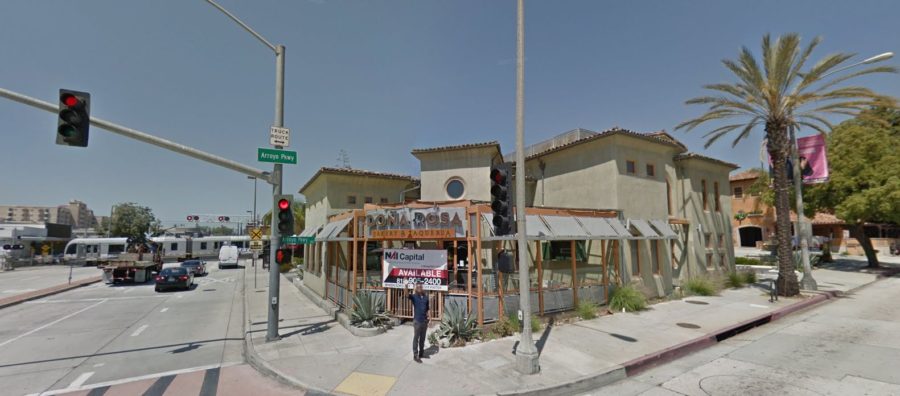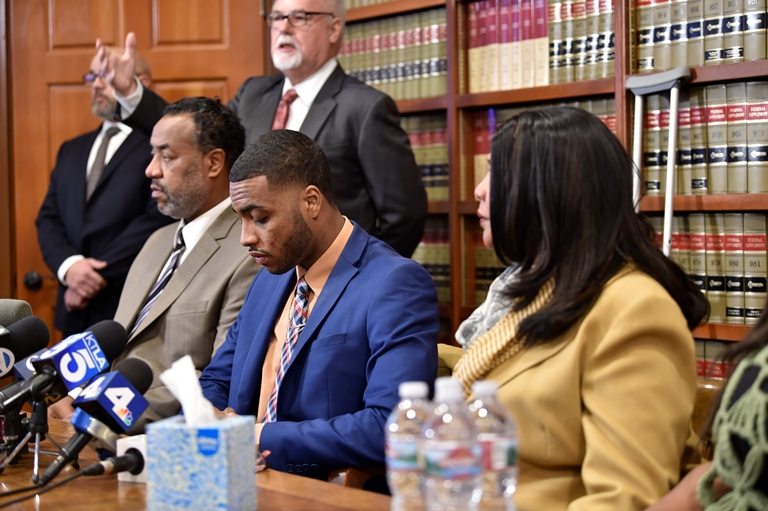
Heritage Square South’s future remains in flux; potential ADU amendments to be heard Feb. 26
By Gus Herrera
At their latest regular meeting, the Pasadena City Council faced a sizeable agenda that saw discussions run close to midnight.
Three items of interest included an update on the “One Arroyo” project, a debate on how to develop the city-owned property Heritage Square South, and potential zoning code amendments to the city’s accessory dwelling unit (ADU) ordinance.
The latter two items brought out the crowds in force, to the point where City Clerk Mark Jomsky had to open a separate conference room to house all the citizens who came out to give public comment.
The “One Arroyo” project, the city’s newest efforts to enhance and improve the Arroyo Seco, is more than just a plan to clean up and maintain what is, arguably, Pasadena’s greatest natural asset – it is an ambitious venture to change the “paradigm of how the Arroyo is financed,” according to the Arroyo Advisory Group’s (AAG) Co-Chair Doug Kranwinkle.
In other words, the mission of AAG is not just to identify much-needed improvements and areas of maintenance for the Arroyo, but, more importantly, to explore new sources of income to compensate for the lack of public funds.
“There will be success, only if we’re successful in finding new funding sources,” said Dan Rothenberg, chair of the AAG’s financial planning committee.
AAG hopes to leave no stone un-turned when it comes to seeking out new funding sources – the group will explore private/philanthropic donors, city/county grants, and has even discussed the possibility of creating a 501(c)(3) non-profit organization to provide both fundraising and the appropriate oversight for money collected.
The AAG, which was formed last year in response to Mayor Terry Tornek’s call for a brand-new Arroyo Seco vision, has been working diligently with consultants to begin formulating two initial “demonstration projects” that they hope will energize public and financial support for the movement.
The two demonstration projects, titled “Woodlands Loop” and “Streamside Walk,” are purely conceptual at this point and will require additional analysis, environmental review, and public input.
AAG Co-Chair and former Pasadena Mayor Bill Bogaard anticipates the community will play a substantial role in determining which of the two demonstration projects AAG will ultimately decide to move forward with.
Following the group’s presentation and a public comment portion which saw mixed responses, council approved the appropriation of $100,000 for AAG to continue its efforts through Dec. 31, 2018.

Later in the evening, council debated potential development options for Heritage Square South, a 2.5-acre city-owned site determined to be a housing asset by the state. According to staff’s report, the city was facing a Feb. 26 deadline to initiate development.
Council was presented with nine choices on how to develop the site, which included affordable, market-rate, and mixed unit options.
Public comment heavily favored an option to develop the site into permanent supportive rental housing for homeless services.
But, in the end, council was not ready to make a decision and chose to postpone the deadline by five years.
Council Member Margaret McAustin saw the situation as a golden opportunity to create much-needed housing for the city’s homeless population, “I can’t even believe we’re having this conversation tonight … we have an incredible opportunity here, this property has been sitting here for 11 years and you want to have another five years to think about it? We have an opportunity to house a lot of people,” she said.
The item will now head to the economic development and technology committee for additional analysis and will return before the council within 60 to 90 days.
The final item of interest, which regarded potential zoning code amendments to the city’s ADU ordinance, was forced to be tabled until council’s next meeting on Feb. 26, due to the late hour.
Out of respect to the many citizens who showed up to give public testimony, Mayor Tornek allowed the speakers the time to be heard, although many chose to defer their comments until Feb. 26.
Potential amendments include changing the maximum unit size for newly-constructed ADUs and reducing the residential impact fees for issuing a building permit.






